City Screen 2018
Fabra i Coats: Centre d’Art Contemporani de Barcelona
https://www.barcelona.cat/fabraicoats/centredart/caAlalimón
https://www.alalimon.orgRARO On-Site Projects
https://www.esrarobarcelona.com/raro-onsite-projectsHouse Of Chappaz
https://houseofchappaz.com/Dilalica
https://dilalica.com/L21 Barcelona
https://www.l21gallery.comFUGA
https://fuga.gallerySorondo Projects
https://www.julianasorondo.com/Terranova
https://terrranova.com/Galeria Mayoral
https://galeriamayoral.com/El Sielo
https://elsielo.internationalGalería Miguel Marcos
http://www.miguelmarcos.com/es/indexUxval Gochez Gallery
https://www.uxvalgochez.com/RocioSantaCruz
https://rociosantacruz.com/Raccoon Projects
https://www.instagram.com/raccoonprojects/CasCaDas ArtSpace
https://www.cascadasartspace.com/Àngels Barcelona – Espai 2
http://www.angelsbarcelona.com/Ana Mas Projects
https://www.anamasprojects.comTangent Projects
https://www.tangent-projects.comTPK ART I PENSAMENT CONTEMPORANI
https://www.instagram.com/tpkartipensamentcontemporani/Suburbia Contemporary
https://suburbiacontemporary.comGaleria Zielinsky
http://www.zielinskyart.comGaleria SENDA
https://galeriasenda.cometHall
http://www.ethall.netEspai Souvenir
https://espaisouvenir.comESPRONCEDA – Institute of Art & Culture
https://www.espronceda.netChiquita Room
https://chiquitaroom.comBombon Projects
https://bombonprojects.comÀngels barcelona
http://www.angelsbarcelona.comADN Galería
https://www.adngaleria.comGalleries, artistic venues, organizations and collectives join LOOP Festival scheduling exhibitions, curatorial programes and special projects that complement the agenda of the contemporary video creation.
City Screen Routes
No routes available.
City Screen venues
- ...............................A
- ...............................B
- ...............................C
- ...............................D
- ...............................E
- ...............................G
- ...............................H
- ...............................J
- ...............................L
- ...............................M
- ...............................N
- ...............................O
- ...............................P
- ...............................R
- ...............................T
- ...............................U
Àcid Sulfúric

First exhibition of the Barcelona Mata collective in a contemporary art gallery. The exhibition takes the museum’s layout –galleries and souvenir store– to put Barcelona in front of the mirror. The art collective’s criticism takes place on two levels: one is visible, whereas the other is only accessible with black light. In that way, the exhibition wants to criticise in an ironic and satirical way the tourist phenomenon in Barcelona. Barcelona Mata is a collective of young iconoclastic artists. Or as they say: “the anti-Marca Barcelona, non-profit branding, sleek dirt.” An art group that since 2015 “tries to live from the discomfort generated by this schizophrenic city.” A group that has exhibited at the Teixidora del Clot and Arts Santa Mònica, collaborated with the STOP Cruises campaign, with Arts Coming and with the Autoenganys collective.
AGENDA and OPENING HOURS
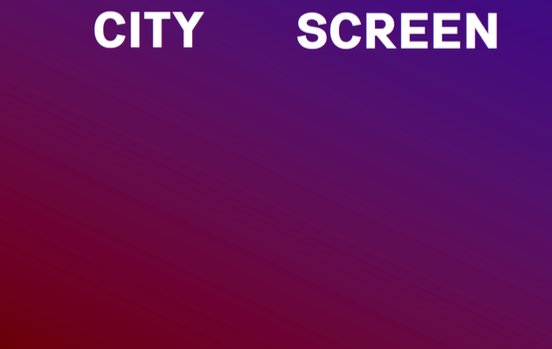
Download the complete AGENDA from the link below
Arte Aurora
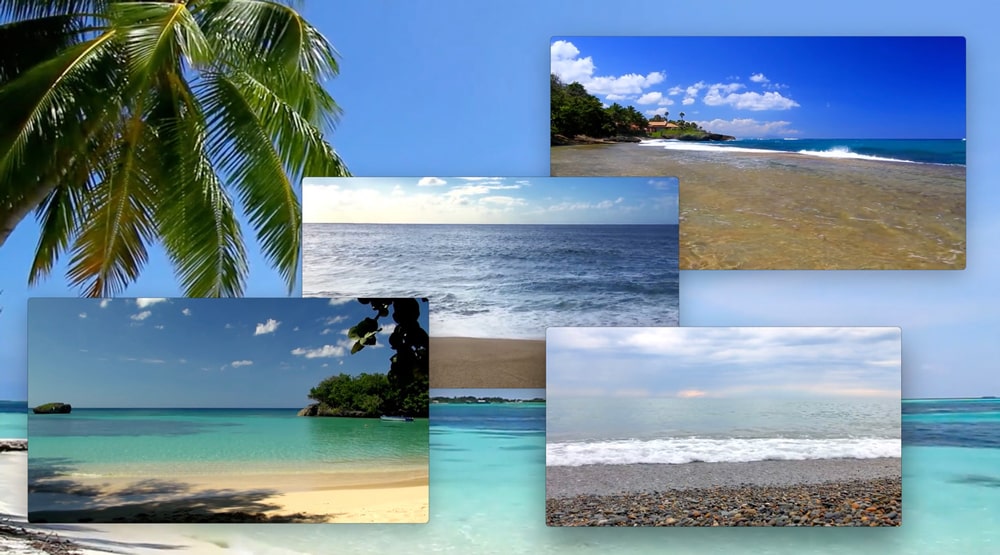
“Everything solid vanishes in the air” – Karl Marx. On the Internet we can find videos of paradise beaches, perhaps from the Caribbean or tropical Asia. You hear the breaking of the waves in a constant flow. It is a sea that has no sand, no water, no wind; it is a non-sea, or any sea. These videos show the desire to go to the sea, in different dimensions: to go on vacation or on a trip, but also to go to the mental and metaphysical space that a video of the sea represents. Juan David Galindo explores videos of beaches and their relationship with sleep and insomnia, semiotic overproduction and saturation of stimuli.
Bar Rufián
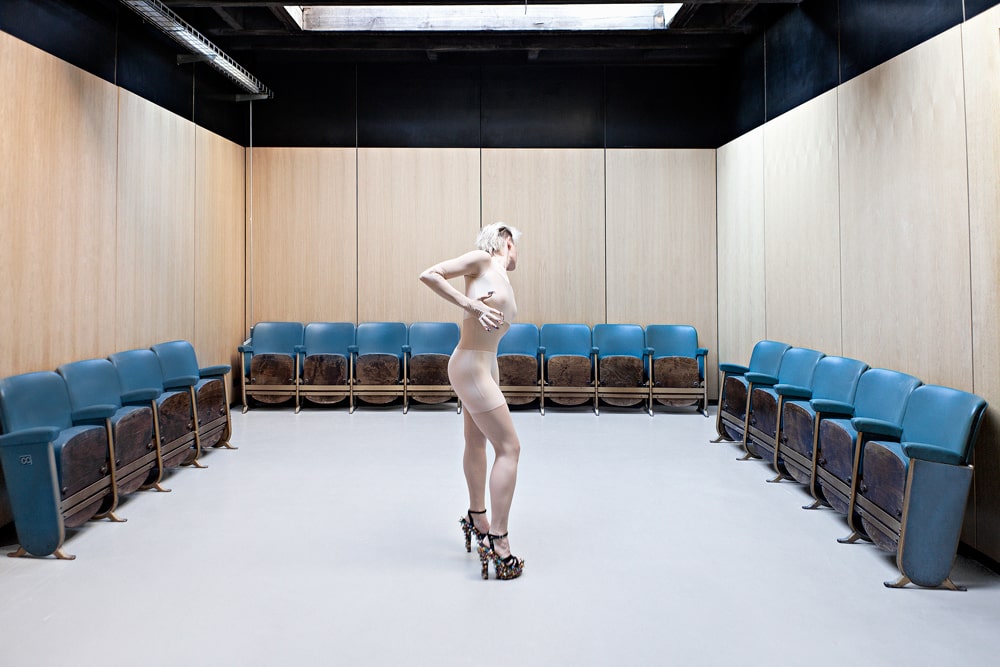
Infamous for its mythical encounters, (and pastrami sandwiches), Poble Sec’s legendary Bar Rufián is honored to contribute an intense, intimate and ambitious program of events for Loop City Screen every night during the Loop Festival, (except for Mondays), between 10pm and midnight. November, 20 we will host an intimate listening party for American singer/ songwriter Chris Garneau´s fourth full-length-album titled “Yours”, with never seen before video made by Garneau. November 22, we will end the festival with a 4-hour-long solo dance performance with projection created by the Belgian Choreographer Chantal Yzermans titled “PARTNER / YOU”. For detailed information about the program, please visit Bar Rufian’s web.
Bombon Projects (Magatzem)
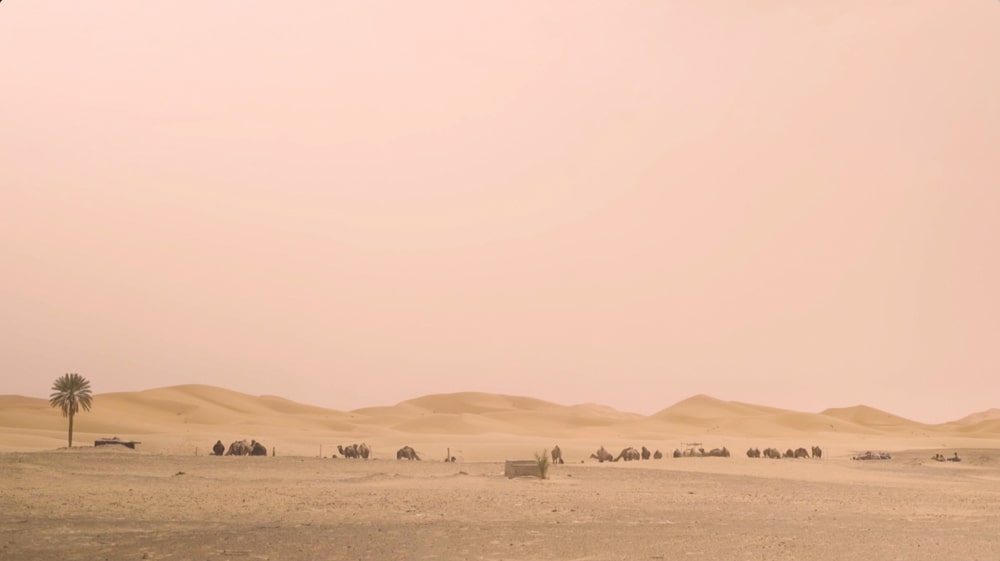
This is a project that deals with the creative process of the artist. It was first an editorial project, now it is a film project, and later on it will become a literary project. At each of these stages the work is modified. Everyone who appears or participates in it is both author and character at the same time. All of them are dedicated to the arduous task of completing a work that does not end; instead, in each step it offers a variation, seeking to be singular and unique every time. Limited seats available. RSVP: [email protected]
CAGE I Contemporary Art Gallery Exhibitions
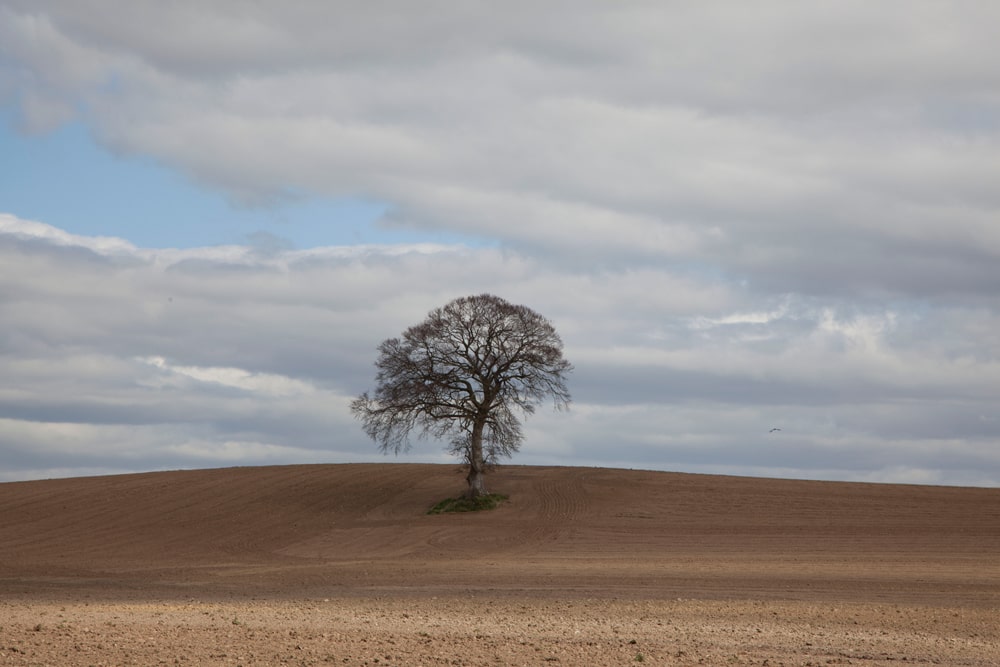
The Homeland programme presents “Of Memory”, a kaleidoscope of films that document life and livelihoods in Irish towns and villages. The selection includes professional material, fiction and non-fiction, both sound and silent, and will attract everyone interested in the culture and history of the country. The Damer House Gallery is based in the Damer House and Roscrea Castle Heritage Centre, which rest in the heart of an old town with a history going back to the 6th century. In 2013, it launched a new artists-run, non-profit space for contemporary art, in Roscrea Co. Tipperary. Since 2014, Homeland takes place at Damer House Gallery every year with a different theme. It goes on for two weeks and is organised in collaboration with LOOP Barcelona and Safia Art Contemporani.
Can Felipa Arts Visuals
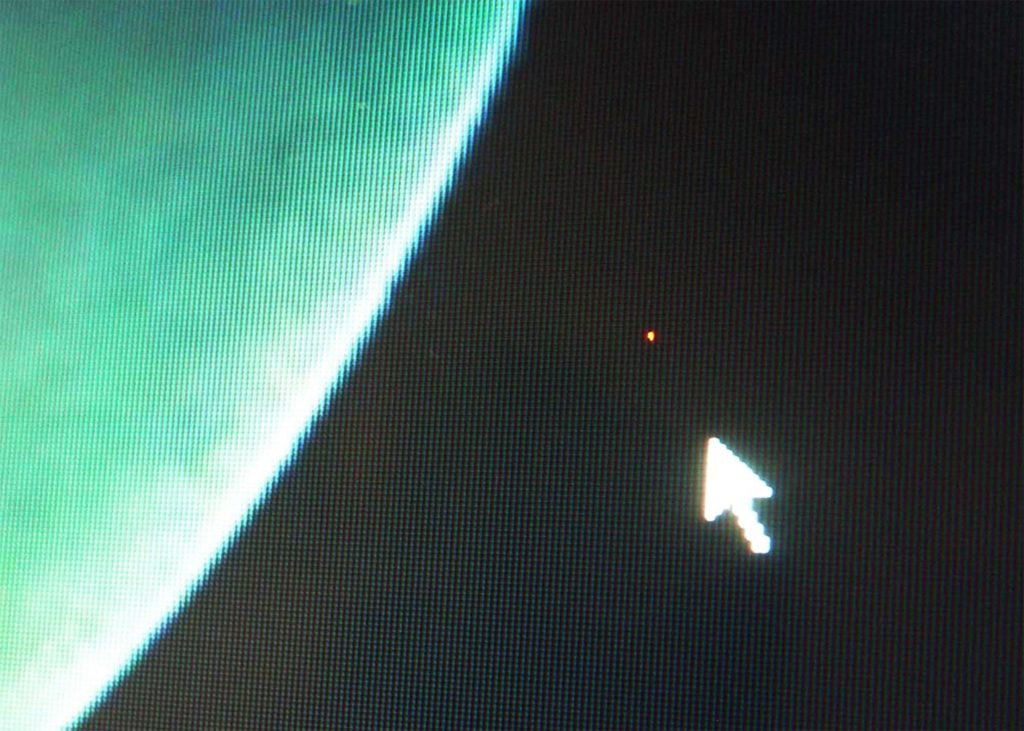
Since the disappearance of the canon in the art field (which, for some, has meant losing the compass with which they oriented themselves), beauty is a playground without rules. Everybody has the answer, but nobody has the answer. Long live the death of the canon. The back flip is a prohibited pirouette in competitions of figure skating because of its dangerousness. The open call of Can Felipa Arts Visual is considered a playground without rules. This exhibition shows the projects selected in the Artistic Creation category, which were presented following the motto “About Beauty” proposed by artist Rafel G. Bianchi. Against the freedom of the artist, the judgment of the jury. And, in case of fall, we can only remember the words of Robert Crumb’s character: “Get your ass up and fight!”
CHEZ XEFO - Art Gallery
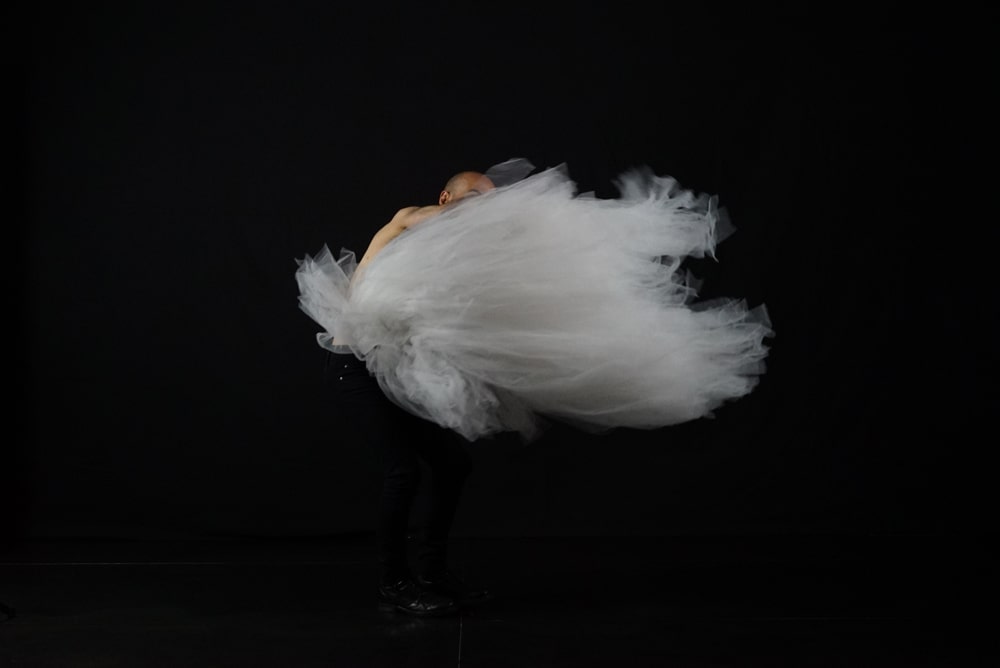
What does it mean to unveil the bride? According to the Duchampian language theses, the concept of a bride is presented as the principle of self-awareness and self-unveiling. Unveiling the bride does not mean just stripping off the paraphernalia that her anachronistic outfit contains, but rather unveiling the mystery that hides the archetypal figure imposed on the woman. With the intention of triggering a series of questions, the video dares the observers to shed the multiple layers of veil that cover their faces to explore their identity outside the imposed bipolarity of the feminine/masculine. In this way, the search for identity allows to re-inhabit the stereotype of the feminine and, like the unveiled bride, stop moving between these two situations, be free of roles and constraints imposed by patriarchal/macho values and find an option to empowerment that allows to restore one’s own individuality.
Die Ecke
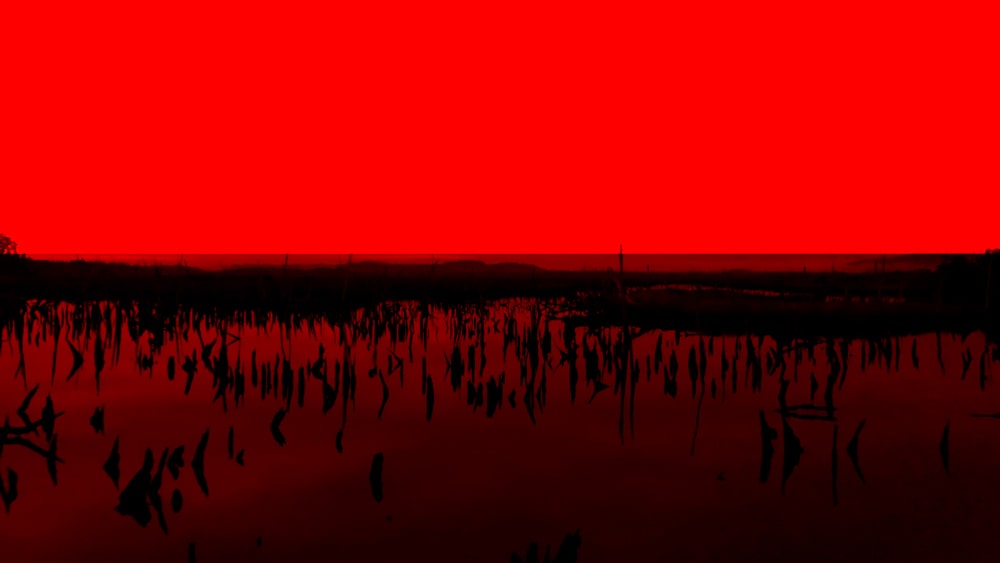
“Chepu” was recorded on the island of Chiloé, in southern Chile. The title of the video is homonymous with a river of this island where there is a dead submerged forest, in which the trunks of the trees still appear on the surface of the water. This place was chosen for recording because it functions as an antithesis to the commercial representation of landscape. From the market of high and ultra-high definition images emanates a sense of representation of bright, dazzling and artificial reality, which merges with our most everyday reality. These current image quality standards have taken the manipulation and aesthetisation of the world to an extreme. Post-processed landscape images are migrating into the unreal and fictional. That is what we understand today as our natural landscape, thanks to the digitalisation of the world. In this video, the images of a dead natural referent have been digitally intervened with formal gestures that make visible the violence that the image manipulation/post-production can have in the construction and supplantation of reality.
El Cuarto del recreo
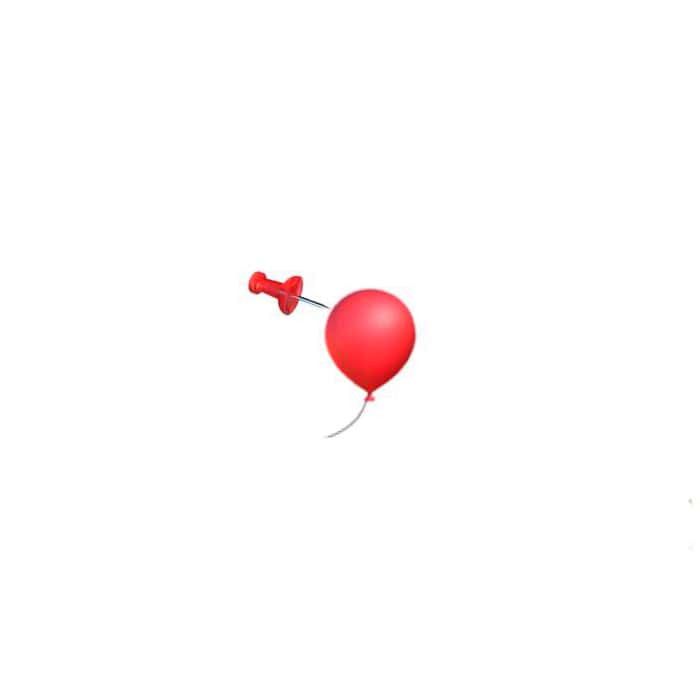
@boombboring is an Instagram account that acts as a platform for videos that reflect on the idea of entertainment. The central axis of the platform is to unite material and users that represent the contemporary subject: a hybrid between consumer/voyeur and producer/gamer that is part of the media show in which our lives are immersed. El Cuarto del recreo is a platform for interaction and social and relational contact, where the rigidity and seriousness of what we understand as an “exhibition space” is lost, with the will to create a community and provide a space to share and contribute to the art collective through the weekly organisation of various events. El Cuarto del recreo and @boombboring are two projects that are similar in their desire to generate a platform for exchange and communication; providing a dynamic, flexible, open and welcoming “space” where everyone feels involved and comfortable. For this edition of LOOP, El Cuarto del recreo invites @boombboring to get away from the mobile screen and open up to a physical format, suggesting a translation exercise and a union of both projects.@boombboring is an Instagram profile that acts as a platform for videos that reflect on the idea of entertainment. The central axis of the platform is to unite material and users that represent the contemporary subject: a hybrid between consumer/voyeur and producer/gamer that is part of the media show in which we live immersed.
Espai AnGram
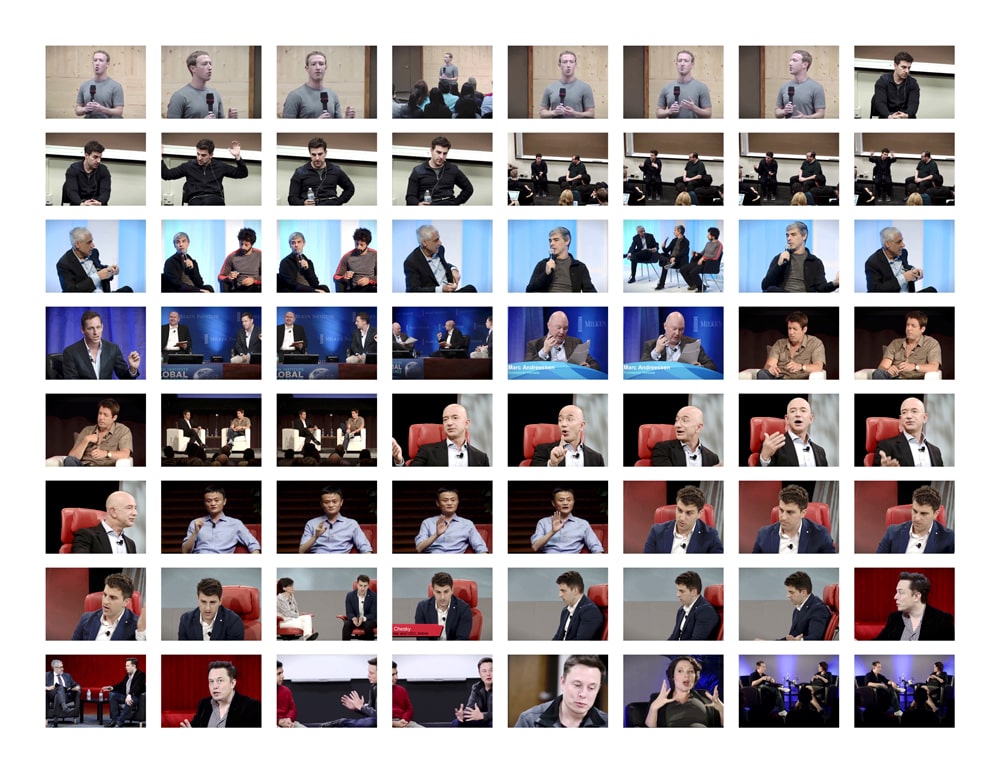
Art in a post-human era is hybrid, collective, algorithmic, an art which is not anthropocentric. Thanks to Artificial Intelligence, art can imitate the human brain. Machines have now autonomy, they can learn and, unlike humans, the amount of information they can process and the speed at which they can do it is infinitely larger. In dada da ta Jake Elwes uses the IBM Watson AI speech to process over 50 hours of YouTube interviews and a custom-made software to extract the instances of the participants speaking in numbers. The interviews, now transformed into a stream of numbers, reduce the CEOs of big technological companies to some meaningless spoken lines of code.
Espai Souvenir
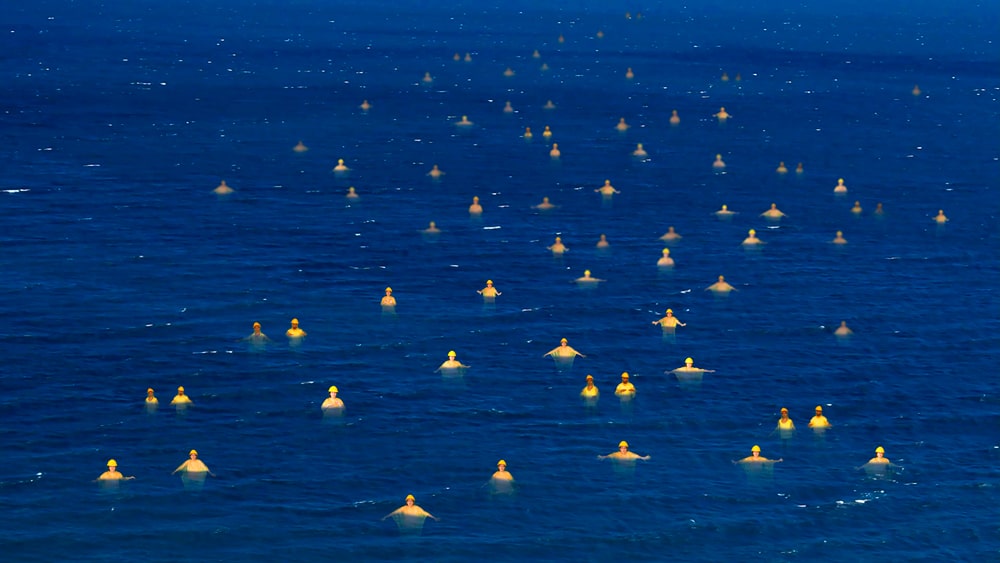
Everything can happen in a journey, including the chimerical encounter between impossible geographies. The landscapes of “The Present Condition” derive from a journey of more than 15,000 km by land that the artist carried out by connecting the two geographical extremes of the South American continent. A surreal atmosphere, where real and imaginary spaces intersect, impregnates the video. Human maintimacy, desire, work, the savage capitalism that builds cathedrals in the desert, the perverse bureaucracy and the construction of the border are some of the different elements and concepts that are mixed in a striking and suggestive visual mosaic. What is a territory? What constitutes a border area? What are its limits? How are they built and to what wills are they subjected? Merino’s video gives us a sense of estrangement –a series of apparently complex and remote questions– but at the same time it conveys the perception of being active participants in a collective and hallucinogenic journey towards the unknown.
Espronceda – Center for Art & Culture
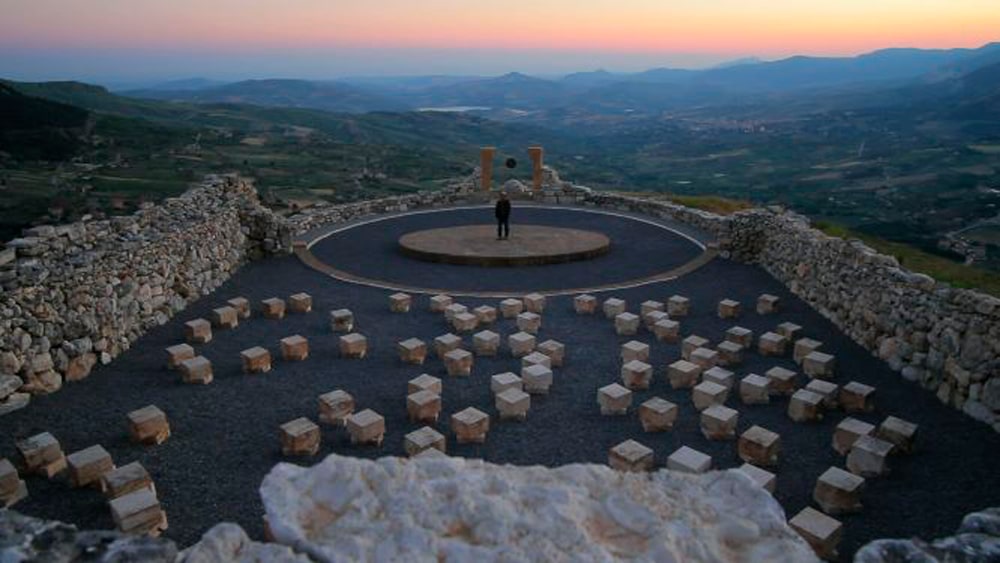
Davide Gambino is an award-winning Italian film director. The key component of his art production is a consolidated experience in documentary film with a strong cinematographic perspective and a focus on historical-artistic topics. Savina Tarsitano is an Italian visual artist. Her research hinges on the concept of landing/place and on spending creative periods in “theme-sites” like islands, abbeys, castles. Her works, executed using varied techniques, are fierce visions arising from a perceived relation with the place, nature, heritage and contemporary art. Maya Barsacq is a composer, conductor, and ardent and dedicated advocate of classical music, especially of contemporary classical music. In the occasion of the European Year of Culture Heritage, the three artists present their works on places: Davide Gambino with two films related with Sicily and Savina with Calabria. They want to explore the concept of “production” from a cinematographic and visual arts point of view. Savina Tarsitano and Maya Baarscq will collaborate for the first time to produce a video for a new project. Thanks to Fondazione Benetton Studi Ricerche and the Centro Sperimentale di Cinematografia.
Estudio Nómada
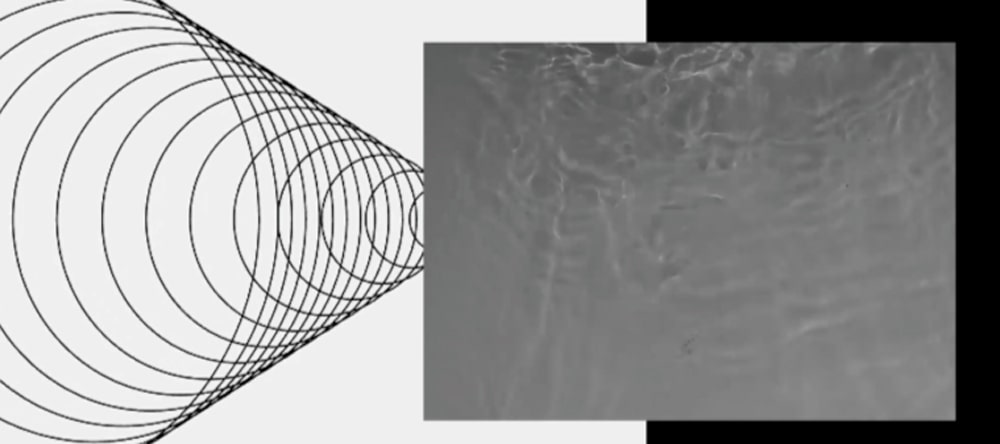
The theory behind Unplugged is to remain disconnected, away from the noise that interferes with an artist’s creative process. It’s the art of letting go and losing your inhibitions, since that is when true personality shows. The artists at Estudio Nomada focus on producing all sorts of audiovisual works. This hub of globetrotting artists is a fast-growing community. Join them and unplug yourself.
Galeria esther montoriol
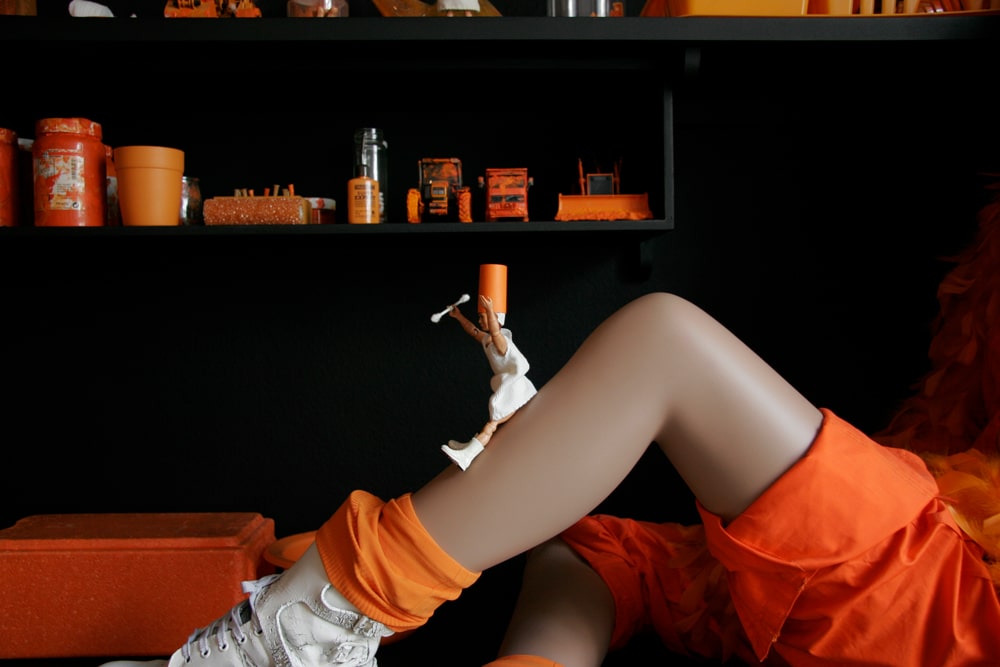
“Prestatges de Latung La La” [“Shelves of Latung La La”] is a stop-motion video that immerses the spectator in the interdisciplinary universe of objects of David Ymbernon’s visual iconography. In a tour through a number of shelves, the video is full of extraordinary effects that work like a magical attraction and take you somewhere unimaginable. In the words of Carles Hac Mor: “The works of Ymbernon influence each other. His magnificent pictorial, objectual and theatrical creation is enormous, of superlative proportions, radical for its unpretentiousness, for not being artificial or faked at all, for not being acted, for its small separation between everyday life and art.”
GALERIA MAYORAL
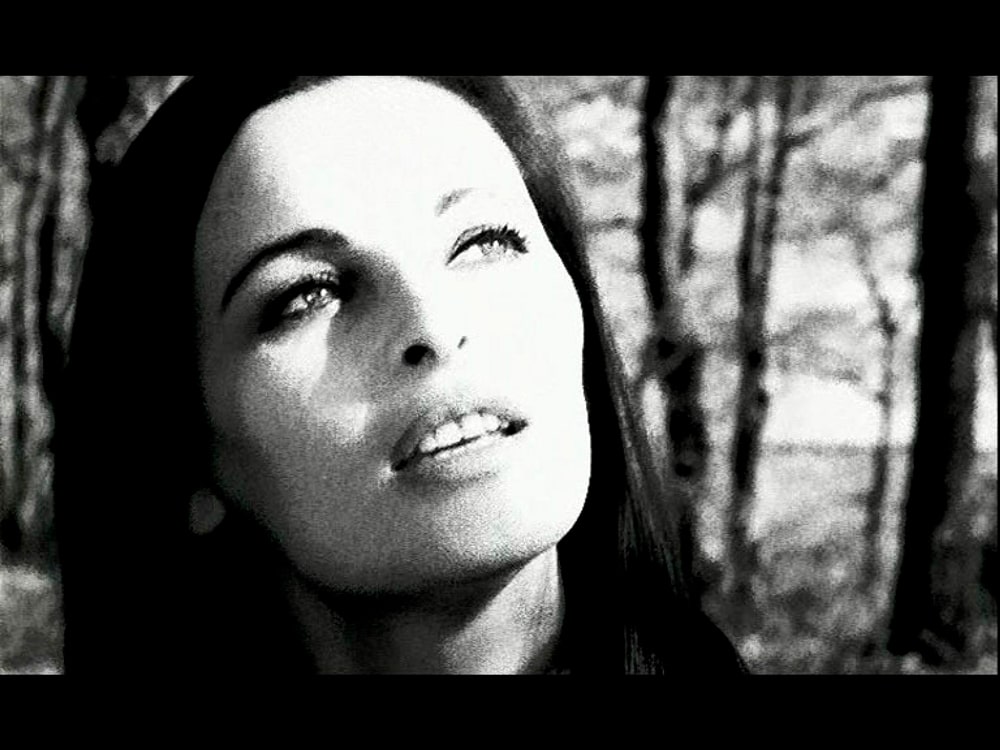
As part of the exhibition “Con la rebeldía nace la conciencia” [“With Rebellion, Awareness is Born”], curated by art historian and critic Tomàs Llorens, the Mayoral gallery is pleased to present Pere Portabella’s film Nocturno 29 [“Nocturne 29”]. Nocturno 29 starts where No compteu amb els dits [“Don’t Count with Your Fingers”] left us: in front of the blank screen and the materiality of the projection. The film delves into the future Eisensteinian structure of Portabella’s films, which do no move through a linear narrative, but rather with a succession of semiautonomous scenes and with connections that are almost always unexpected. “A series or a suite of situations which, though apparently unrelated, orbit around a thematic development that gives the story a body and a sense of unity without having to resort to an anecdote for plot continuity,” explained Portabella (1968). The evocations of Antonioni, Bergman or Buñuel are patent in Portabella’s most crudely anti-bourgeois film.
Galería Zielinsky
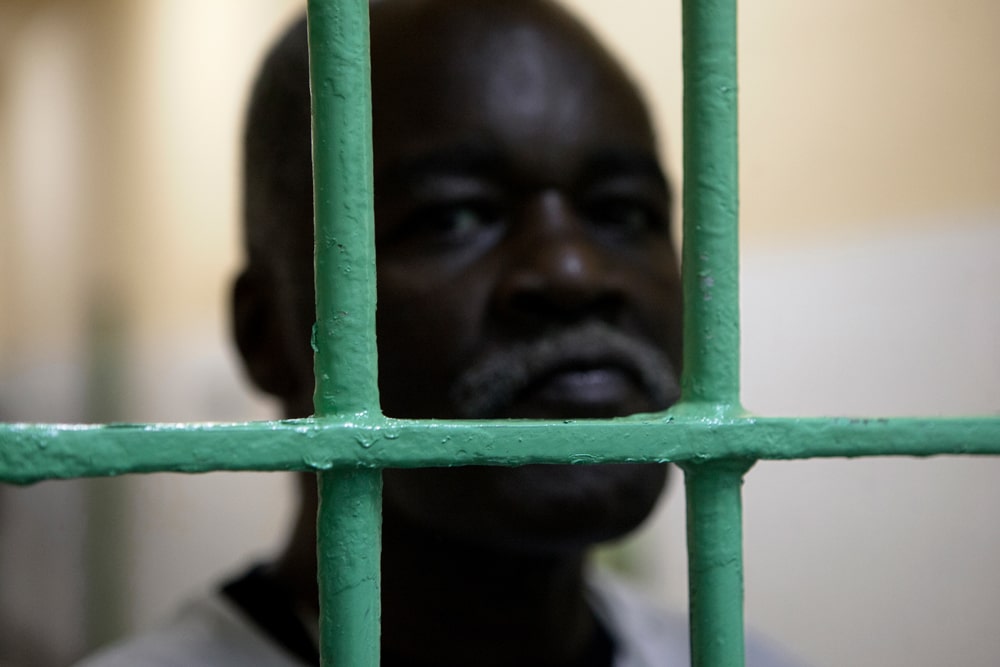
“Inimputables” [“Unchargeable”] is an exhibition that arises from a documentary project, the short film “A través de las artes” [“Through the Arts”] directed by Antonio Pedro Bocayuva and filmed inside the Henrique Roxo hospital of custody and treatment. The documentary records the therapeutic activities carried out by patients of the judicial asylum of the penitentiary system of Rio de Janeiro. The inmates develop paintings, drawings, sculptures, handicrafts, poetry and theatre, in addition to giving their first-person testimony. The moment he first saw the documentary, photographer Eduardo Marco decided that he would photograph a series of portraits of the place and its inhabitants. The exhibition suggests a dialectics between Bocayuva’s documentary and Marco’s photographs.
HANS & FRITZ CONTEMPORARY – LAB
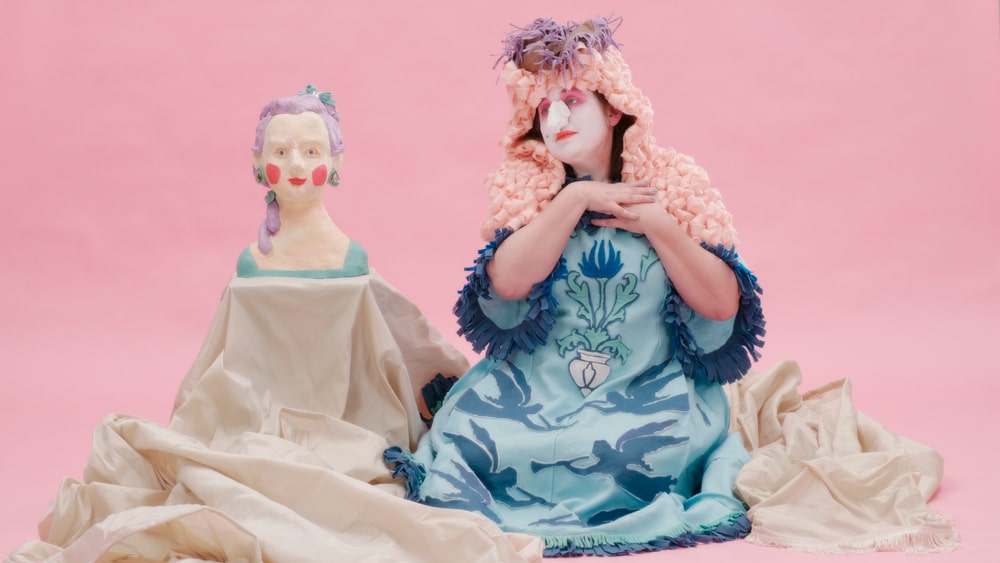
In collaboration with the Barcelona-based curatorial initiative Tangent Projects, HANS & FRITZ CONTEMPORARY is pleased to present “To Brush Against the Grain of History”, an exhibition that scrutinises history and particularly, the production of history. The title, “To Brush Against the Grain of History”, is the ultimate line from chapter seven of Walter Benjamin’s final work “On the Concept of History”. In which, Benjamin correlates history to the spoils of the war victorious – a past that is empathetic to the victors and their heirs, handed down from one to the next without a great deal of debate. For this exhibition, we will be showing video works by artists Eli Cortiñas (Spain – based in Berlin), Christopher Kline (USA – based in Berlin) and Katy B Plummer (USA – based in Sydney), that seek to remedy this notion of history by asking us to listen to new narratives and in turn, produce alternative stories – sometimes personal and sometimes even with song!
Homesession
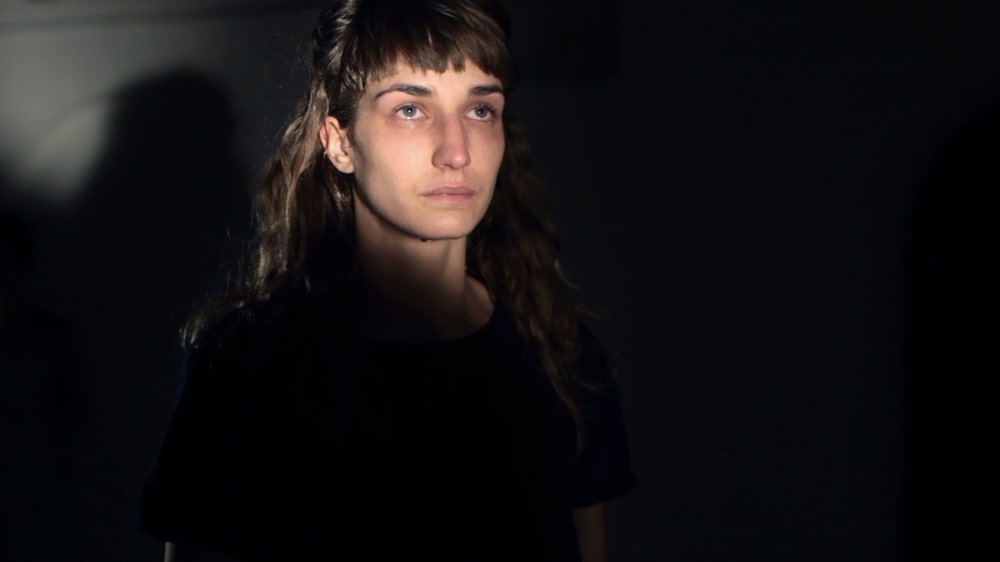
Homesession presents the work of French artist Adélaïde Feriot (Libourne, 1985), which comprises includes video, sculpture, installation and performance. The “ECLIPSE” exhibition presents the homonymous video, as well as new works made by the artist during her residency in Barcelona. The opening will feature a talk by the artist, who has presented her work in France (Biennale d’art contemporain de Lyon, Center Pompidou, FRAC Lorraine and FRAC Bretagne), China (CAFA Art Museum – Beijing), Germany (Galerie J2System, Berlin), Italy (Artissima, Torino) Spain (ARCO, Tabacalera- Madrid) and other countries.
Juan Naranjo

As part of the exhibition “Universos líquidos” there will be a screening of videos by Francesca Llopis focusing on the notions of inner and outer landscape, as well as a selection of fashion films by José Manuel Ferrater.
Juan Naranjo

The states of the universes (system + environment) can be represented as a tensional process, according to the quantum formalism … With decoded-liquid UNIVERSES…I investigate intuitive, simplified imaginary models, without even familiarising myself with the basic concepts of numerical representation…these universes are the result of different searches and approaches of multiple layers with connections where there is no room for disturbances…it fits with the increasing precipitation of the presence of the contaminated universes through a systematic process of approaching the social situation… The pieces open up a vast space, some extensions of these decoded-deconstructed universes without adornments, with a vibrant, sonorous lyricism, a rhythmic discourse through the search for liquid Universes…A story woven between music and video, a mixture of layers of clusters, deposits of elements and music that interact with each other in each of the pieces.
La Cera 13
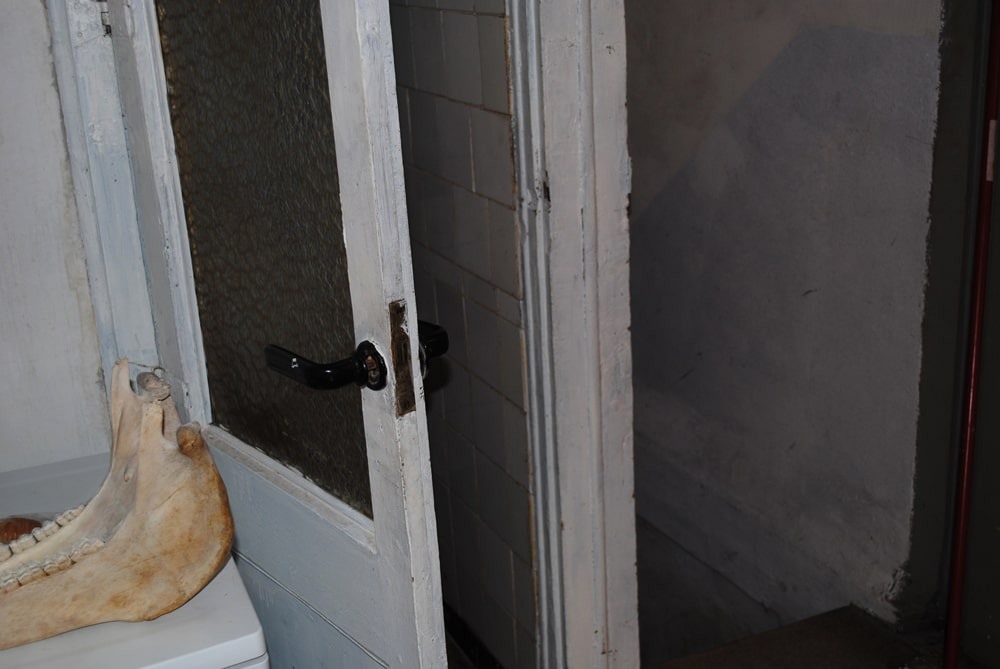
Fervently comprised of pieces that re-conceptualise and challenge an orthodox understanding of the creative process, this exhibition by La Cera 13 brings together a series of contemporary artworks that question the artistic production in order to generate a new speculation: if we have increased the value placed in the how rather than in the what with regards to art, what paradigmatic implications does this phenomenon have for the art market? And in terms of public interest? What do we really expect from newly produced contemporary art nowadays?
LA PLACE
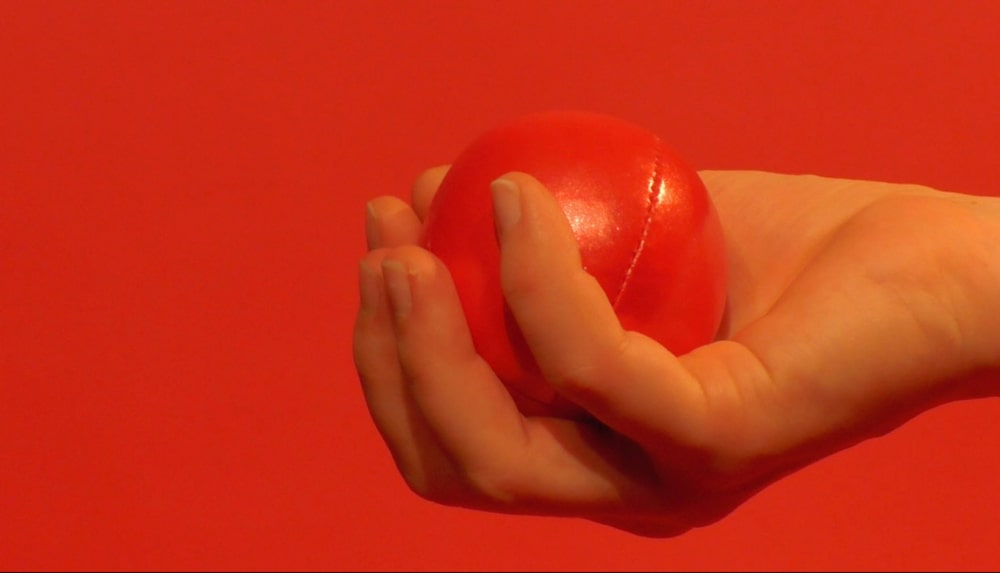
“GB/Reground” is the second work in an on-going collaboration with performer Rachel Gay. It follows on from previous ideas exploring the collapse of meaning and perspective. The work is shot as performance to cameras and is exhibited split across two screens so that body, object, environment and video slip between the frames, the body performing across screens –and blurring the boundaries between them. The use of perspective is crucial to achieve this fluidity of elements within the performance and across media. Focussing on circling and repetition, the work makes a specific use of colour, props, costume, narrative and lighting. Reground imagines total weightlessness and collapsing horizons –a body without a ground. Sarah Bayliss uses performance to camera, objects, sound and documented moments that form visual and written experiments, studies and larger works. From these, Bayliss constructs layered installations and live events with varying degrees of interrelation between elements and multiple entry points into the work. Her practice explores the relations between body, object and environment.
La Plataforma
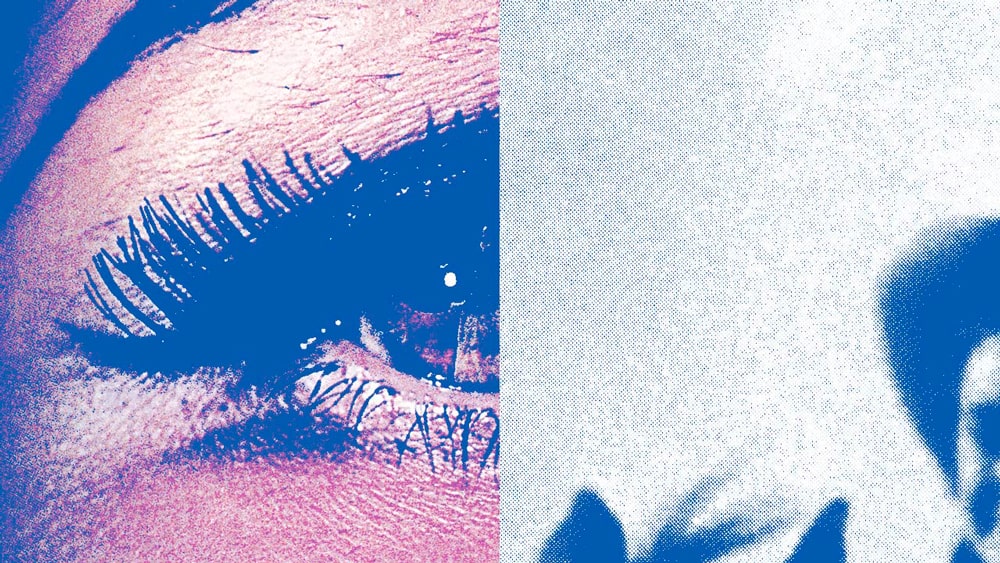
“Delirios Automáticos” is a project started in 2013 by the Barcelona-based audiovisual artist Joaquín Urbina, which, overtime, has become Automatic Deliriums. It was first presented at the Collage Exquisito festival, held at the CCCB, and the artwork shown, Delirios automáticos sin Instagram, is now part of the acclaimed Xcèntric archive. In the artwork, juxtaposition is the protagonist: textures, effects, grain, abstraction, and disjointed images taken from VHS, tapes, and even Super 8 films clash with each other during four surrealistic, chaotic minutes. And all this, accompanied by Ralp’s electronic music (Raül Peix). In the exhibition that La Plataforma now presents, Joaquín Urbina will show the new audiovisual artworks that integrate the same project, in which collages and appropriated cut-up images are still the unquestionable protagonists.
Metàfora Studio Arts Programs
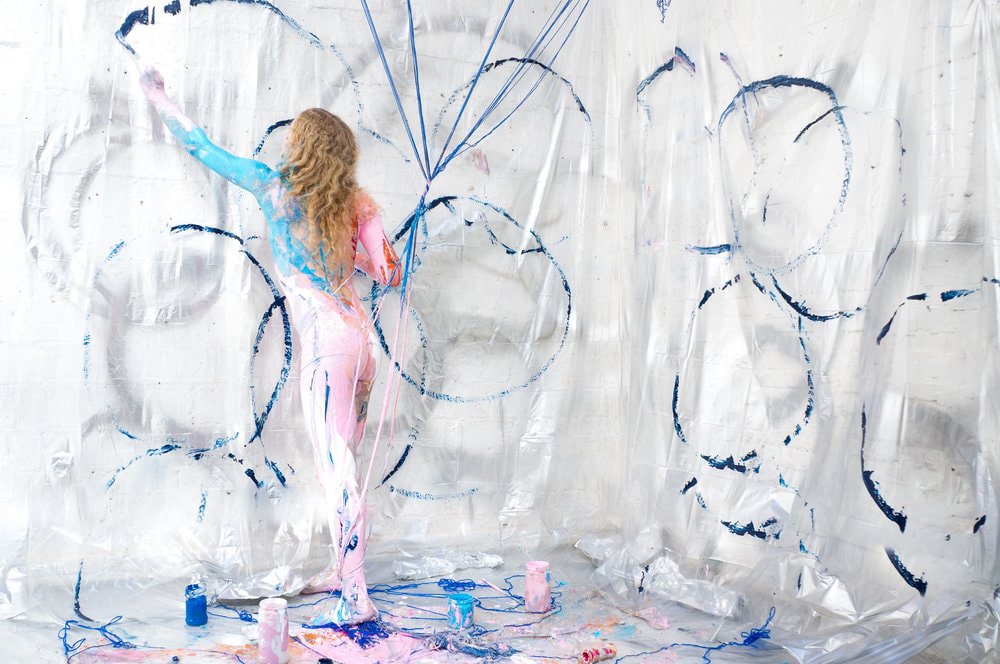
“I don’t want to hide, that’s the last thing I will ever do. I almost want to shove who I am and what I am in people’s faces, and I am not ashamed.” – Joa. The video “Joa” is a continuous experimental research on gender and self-expression. This exploration started through conversations about what it means to identify as a woman without falling into the binary logic of today’s society. Over time, it has evolved into a project that portrays powerful beings at their rawest and that gives the freedom to express oneself through movement and colour. The video explores what it means to have a body, to break social norms and to embrace originality, and it talks about the constant fetishising with which we treat anything that is different according to social standards.
NauArt
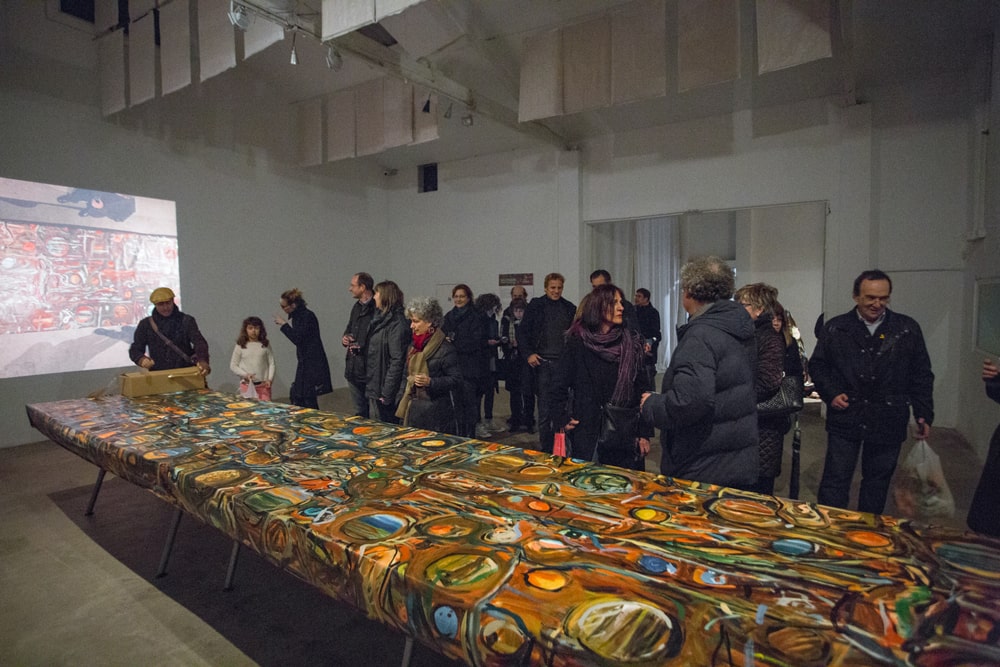
A real action and a poetic projection are articulated during the time of a dinner in which the artist and the guests subvert their perspectives as subjects in a balance, that of an action of material, spiritual and creative consumption. The participants eat, touch and drink, interacting as models, spectators and actors who can stage (with their own body, with other participants and with the objects on the table) the painting, an ephemeral still life, which is projected before them on the wall. The canvas, in its utilitarian function as a tablecloth painted in oil, is projected onto the wall as a cosmos that synthesises a universe with two perspectives: one immanent and one transcendent. The time of what is large, consumed, digested, organic, tactile and visible, or the time of what is small, the set of all the parts in the projected picture. Time is the harmonic dimension that, for millennia, art has learned to contemplate as a fundamental value of our human survival, in a desired harmony. Thanks to Escola Superior de Disseny (ESDi) for the support.
Olivart Art Gallery
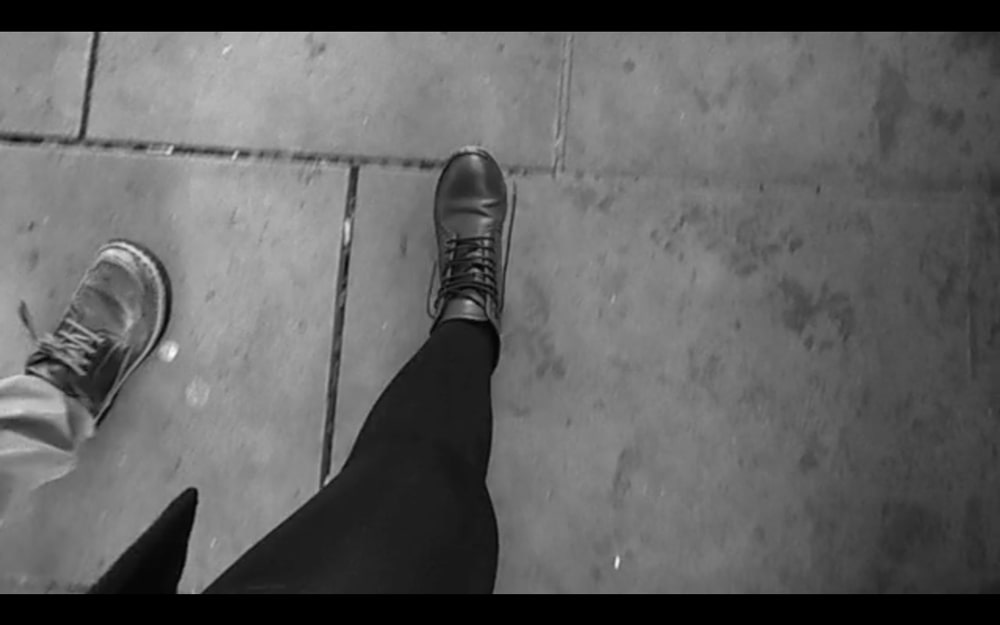
“Ouroboros” is the snake that bites its tail, an ancient symbol of the cycle of life. Heraclitus spoke about the “Eternal return”, Schopenhauer affirmed that “the only immutable thing is the change”. The eternal/fleeting dichotomy, permanence/change, has been one of the most recurrent topoi of humanity. The works of Brigitta Both, Rita Sala and Roger Abella review this topos and invite us to caress the absolute in the short space of their videos.
Projekteria [Art Gallery]
![Projekteria [Art Gallery]](https://loop-barcelona.com/wp-content/uploads/2018/09/Projekteria-loop2018.jpg)
Philautia means self-recognition and love towards oneself. It implies the reconciliation of what one is with one’s own existence, and practicing it implies leaving aside self-pity. “Autoidentitat” [“Self-identities”] is a project in three phases in which Hollstein strips naked to show the development process of his self-love, channelling his personal evolution in a moment of life crisis through images in a research and reaffirmation project. A declaration of principles to reconcile two identities, inalienable and complementary but conflicting, in which philautia struggles to prevail.
Room Service Design
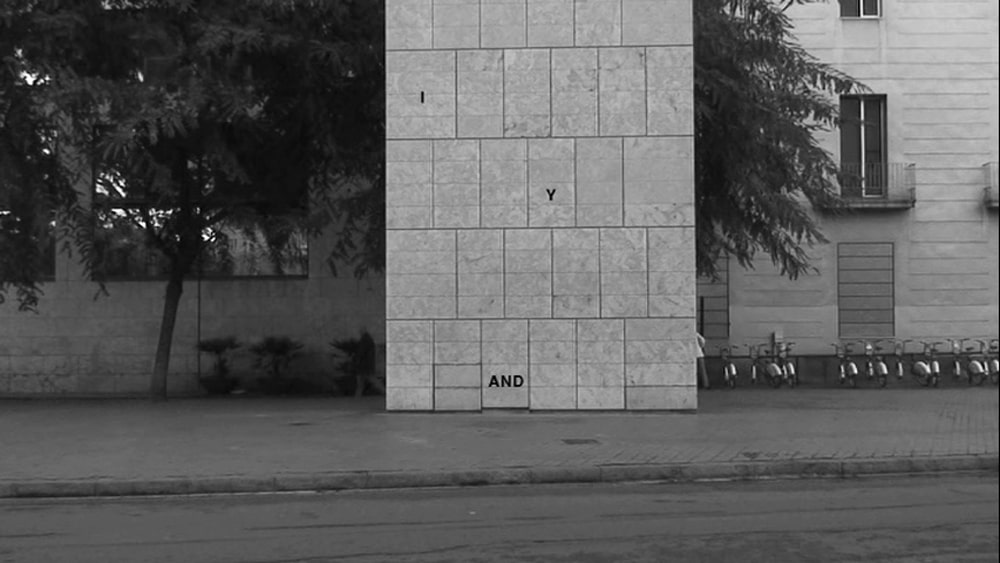
Peter Downsbrough, lives and works in Brussels. A versatile artist, he has worked with multiple mediums over the course of his career. After initially studying architecture, he began to produce sculptural works, works on paper, photographs, films, and books. Downsbrough maintains a complex relationship with architecture and typography, while also drawing on the achievements of the early avant-garde (Bauhaus, De Stijl) and Minimal Art. In terms of form, his is highly rigorous and exhibits a powerful geometric sense, restricting itself primarily to the use of line, plane, negative space (cutting away), and delimitation. At the core of his oeuvre we find an investigation of place and the viewer’s relationship to architectural surroundings. This investigation of spatial rhythms and linear geometry also appears prominently in his black and white photographs of urban cityscapes. Downsbrough’s work has been exhibited extensively, at venues including the Vienna Secession, the Palais des Beaux-Arts, Brussels (solo), MRAC, Sérignan (solo), the Museo Nacional Centro de Arte Reina Sofia, Madrid, the Musée d’art moderne et contemporain, Geneva (solo), the Van Abbemuseum, Eindhoven (solo), BALTIC, Gateshead, Centre Pompidou, Paris, Fabra & Coats, Barcelona (solo), and many more. His work is part of collections such as: MOMA, New York, Centre Georges Pompidou, Paris, Mamco, Geneva, MACBA, Barcelona, National Gallery, Ottawa amongst others.
trama34
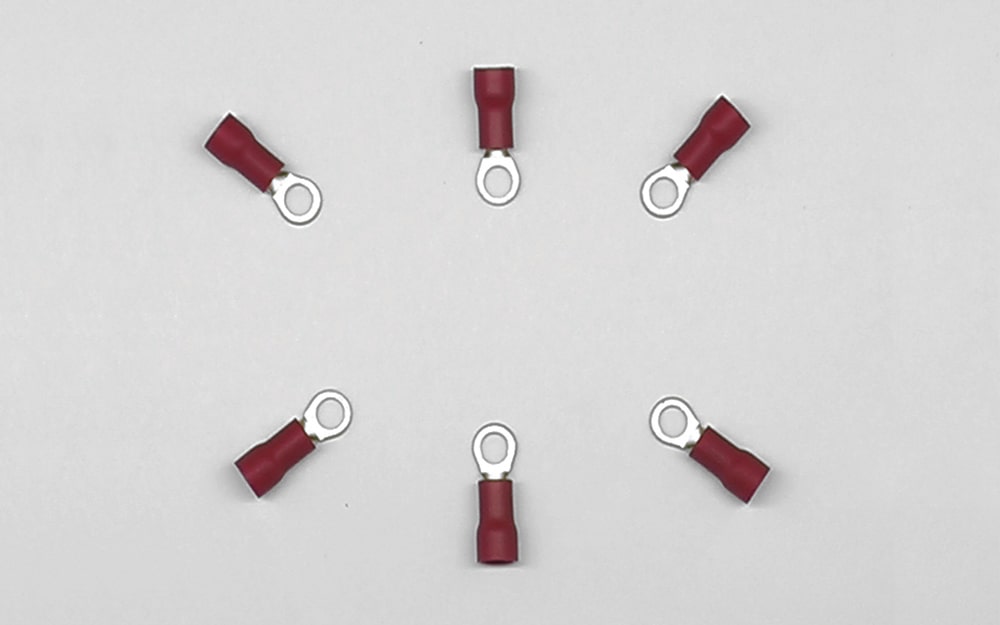
trama34, a workspace and cultural association, presents “Catàleg de connexions” [“Con-nections Catalogue”] by artist Diego Paonessa. This exhibition is part of La Solitaria, a periodical exhibition cycle in which the artists working at the studio each do a solo show. On the occasion of LOOP Festival, Paonessa prepares a video installation made up of four stop-motion animations. The animated objects are mechanical elements which, when placed out of context, evidence their need to be in correspondence and proximity, which brings us closer to reflections on the philosophy of technique. trama34 is integrated by artists María I. Barros, Matteo Guidi, Samuel Labadie, Diego Paonessa, Germán Portal, Mireia c. Saladrigues, Mario Santamaría, Marc Serra and curator Zaida Trallero.
URBAN GALLLERY

Urban Gallery presents the work of three artists: –Èric Antonell. Estacions i devastacions [“Stations and Devastations”], an abstract animation that illustrates the creation and evolution of Planet Earth until its destruction. –Asunción + Guasch. Binomi [“Binomial”] is a video performance that originated from a previous work by the same artists: Vishuddha (Istanbul, 2017), which consisted in non-verbal communication based on colours. The video recording of the reproduction of the recording of the action (dialogue with colours). Ultimately, the real action consists in this complex video. This performance is only possible videographically, by showing the recording and reproduction devices. –Clemente Calvo. Cuba Linda [“Pretty Cuba”] and Broken Pots, two animated films that illustrate the possibility of production at zero cost: materials such as cardboard or plastic, public domain sound patterns, found ceramic fragments…
Usina Haimney
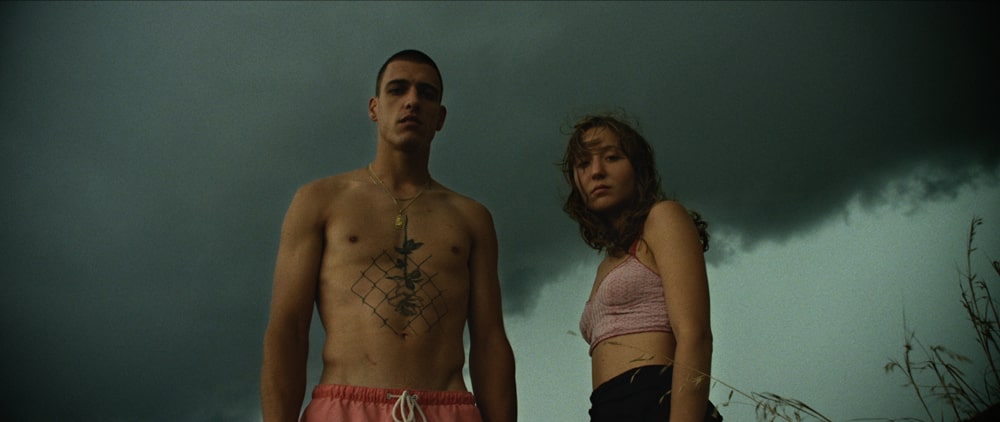
The new way of socialising in the contemporary technological world, in which attention is focused on the need to seek another way of experimenting life. Establishing new, transgender bonds in order to find the essence of being, new scenarios where morals are not the rule to follow, but rather free love in an artistic environment.